Amidst lockdowns and social distancing, a new trend started to gain traction among Millennials. Young adults today like to see themselves as loving “plant parents,” and their Instagram walls and hashtags prove it.
Indoor gardening and plants may have started as a coping mechanism during the pandemic, but right now, everyone can see the benefits. Even more, plants look good on social media and attract other plant-passionate people, thus opening the door for discussions and new friends (aka safe socializing).
What’s even more curious is the fact that the trend is not slowing down as the world is slowly reopening. True plant parents are even more determined to continue with their activities because they’ve learned that indoor gardening is healthy, calming, and rewarding. Additionally, if you decide to grow veggies instead of flowers and decorative plants, you get to take control (partially) over your food.
The Right Tools
Growing vegetables indoors is a bit different from growing decorative plants, but the overall process is similar. Still, depending on the quantity of vegetables you hope to get from your crop(s), you may want to check your tools inventory.
First, you must have the pots and containers where the plants can sit and grow. You also need to have a special area in your home, with enough sunlight and away from the daily activities (plants need a quiet place away from all the noise and craziness).
Lastly, depending on your intentions and available sunlight, you may want to consider a lighting solution for indoor top light growing environments to provide your plants with the best possible chances. These solutions are also useful during winter when sunlight is scarce.
Furthermore, it’s important to consider available soil options (a good potting mix is the best option for indoors), fertilizers, and protections against pests and diseases.
The Easiest Veggies to Grow Indoors
Once you have all the right tools for your indoor veggie garden, it’s time to put everything you’ve learned into practice and start your gardening journey. Still, if you’re a beginner, it’s a good idea to start with vegetables that are easy to grow indoors like lettuce, kale, microgreens, or hot peppers.
Let’s take a look at each of these plants and see their basic needs to grow well in an indoor environment.
Lettuce
Part of the salad greens family, this plant grows quickly and doesn’t need a big container (it’s a shallow root plant). To get the seeds started, put them in a container filled with two to four inches of moist, well-draining soil (or potting mix). Take each seed and gently press it into the soil, then use a mister to provide the seed with moisture.
The germination period takes about a week, after which you’ll see the plants starting to grow. Give them enough water and light to develop and make sure there is enough space in the container for all the plants. If it gets crowded, pull some of the plants out.
Kale
As part of the superfoods group, kale is one of those leafy greens everyone buys from the local market or supermarket. But, if you grow it in your own apartment or home, it will be easier and cheaper to make those amazing healthy smoothies.
The kale plant needs access to water and warmth, but its development is also supported by a good potting mix. The soil needs to be moist but not wet (not water accumulation), so make sure to get a pot with large draining holes. Once the plants start to grow, remove the extra seedlings and only leave the strongest one to develop into a bigger plant.
Microgreens
These are incredibly easy to grow indoors and don’t need any special pot or soil. Microgreens are a combination of sprouts from a variety of greens and herbs (radishes, basil, beets, kale, and more) and you only need a shallow tray with a narrow layer of soil to grow them.
Place the seeds on top of the soil and gently press them into the surface (not too deep) and keep the soil moist. Make sure the tray has light and warmth and wait for the seeds to sprout. As soon as the seedlings develop two sets of true leaves, it’s time to harvest (use scissors).
Hot Peppers
If you like spicy hot foods, why not grow your own peppers?
This is a tropical plant, so make sure it gets at least 10h of sunlight daily. Also, it needs an 8-inch tall (at least) container that is large enough to allow the root to develop.
Pepper plants don’t like too much water, so allow the soil to dry out between waterings. And, if you want fruits, you’ll have to help the pollination process along (they are self-pollinating) by gently shaking the plant once the flowers start showing up.
Wrap Up
Indoor gardening can be a really fun activity, as long as you have space, tools, and patience. On the other hand, you may also want to try an aeroponic tower garden since there is no soil to worry about. Regardless, it is a fun way to get in touch with Mother Nature and learn a bit about plants.


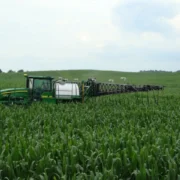
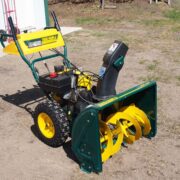

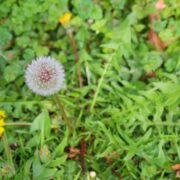
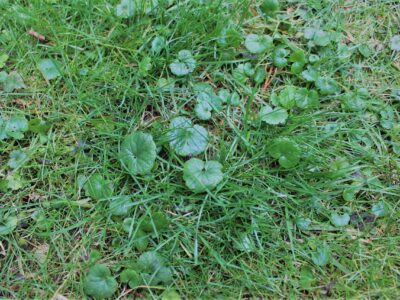

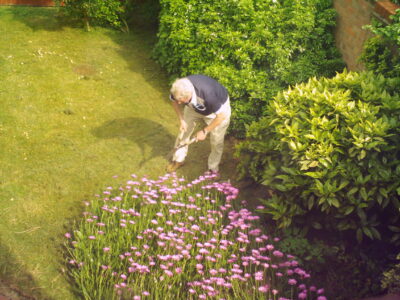
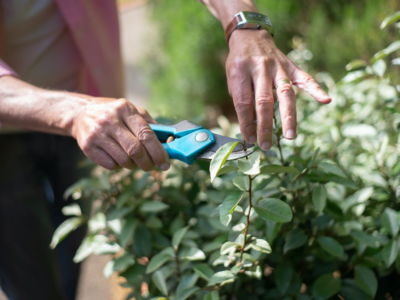
Comments